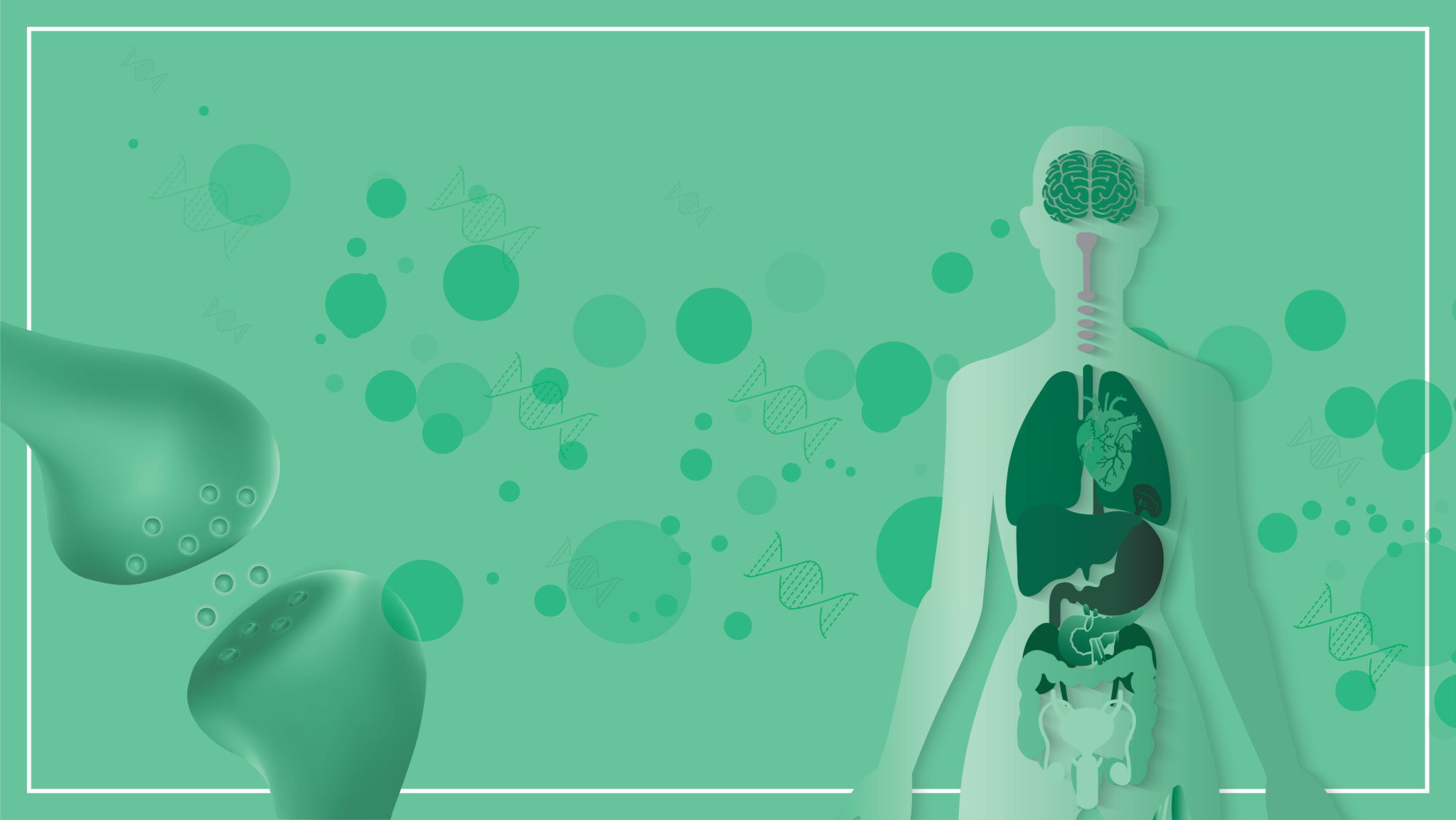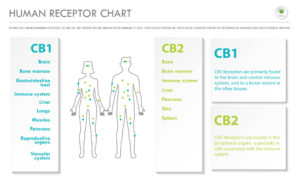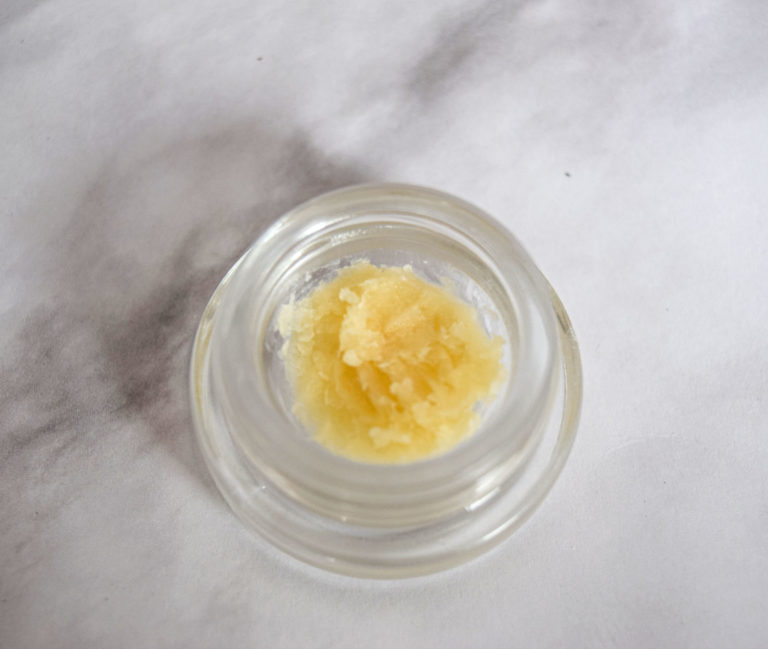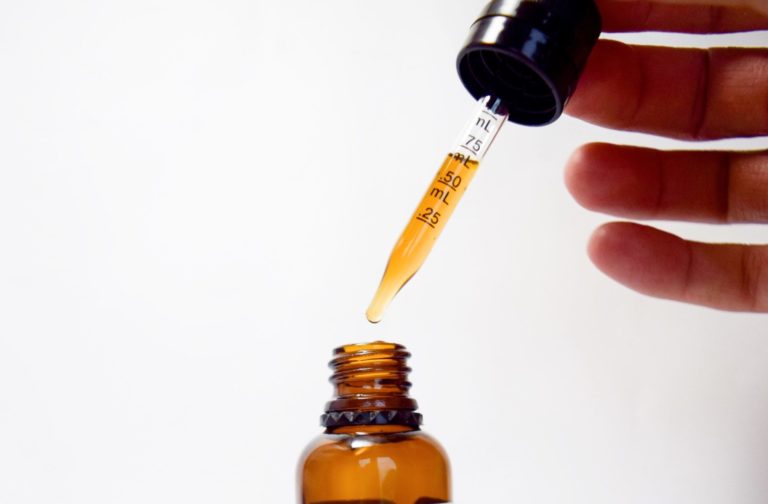How CBD interacts with the body:
So now that you’ve read our blog on CBD and have a basic understanding on what cannabinoids are, lets next examine how they interact with the body. This interaction is done via the Endocannabinoid System, which is a naturally- occurring, complex communication system within our bodies, and any animal that has a vertebrae.
This system is responsible for regulating many daily physiological tasks such as mood, anxiety, & blood sugar, which enable us to maintain an internal homeostasis or balance within the body.
Components of the Endocannabinoid system can be found within almost every major organ system of the human body. We now know since the discovery of this system, that maintaining homeostasis of this system is vital to the overall health of an individual.
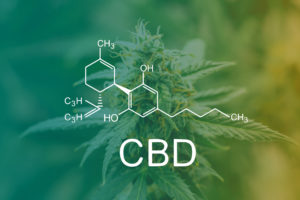
Some other functions of the Endocannabinoid system are analgesia, or the communication of painful stimuli to the brain, modulating the immune system, and even embryo development and fertility. Studies have shown that the endocannabinoid system even assists immune cells to limit excessive immune responses.
Components of the Endocannabinoid System:
There are many components of this complex system. For today we will focus mainly on the CB1 and CB2 receptors because these were some of the first identified, starting in 1988, and the most well-studied, however, many more cannabinoid and non-cannabinoid receptors in the Endocannabinoid system have been identified since.
CB1 and CB2 receptors, also known as cannabinoid receptors are located on the surface of cells, observing conditions within the body, waiting for certain stimuli or conditions activate them, thus initiating an internal cellular response.
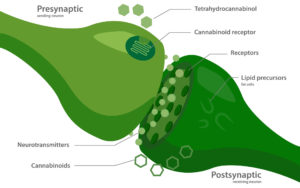
CB1 Receptors:
CB1 signaling critical for numerous physiological processes – including the body response to stress and how we experience pain. CB1 receptors are found mainly on neurons, glial cells and the central nervous system, and found much lesser in the gut, skin and various other organs.
The CB1 receptor was first observed in rats, when an activation was seen after administering THC. The CB1 receptor is very abundant in the human brain.
The discovery of this receptor activated by THC sparked the search to discover what THC-like molecule we have naturally in our bodies that interacts with these receptors as a THC molecule would.
CB2 Receptors:
CB2 receptors actually have the highest density on our skin, and are also found in the immune system, on metabolic tissue, microglial cells and other organs as well. Although CB2 receptors are expressed in some brain cells, it is expressed in much lower concentrations than CB1 receptors.
The Discovery of the CB2 receptor helped deepen our understanding of the role cannabinoids play in regulating inflammation, which could have big implications for treatments in certain autoimmune diseases. Irregular CB2 signaling is implicated in several diseases, such as metabolic syndrome, liver disease, insulin resistance and other inflammatory conditions. It was found that CB2 was significantly unregulated in response to brain injury and neurodegenerative conditions like MS or Alzheimers.
In conclusion…
We’ve learned a lot about the endocannabioid system and our body systems since the discovery of the CB1 receptor in the 80’s. We’ve also learned that when the endocannabinoid system and its naturally occurring endocannabioids fail to function properly, plant cannabinoids can fill in the gaps and provide relief. Hemp and cannabis are both incredible versatile plants due to its broad interaction with cannabinoid receptors and other pathways that exist throughout the body.
Copyright © 2025 RopaNa Wellness |
Site by CannaPlanners

